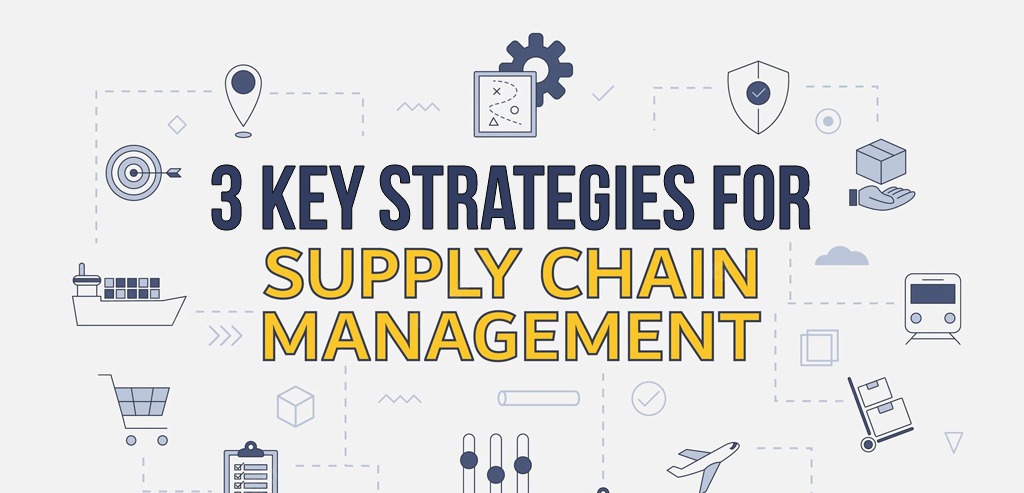These days customers are very educated and clear about what they want and need. But as a business owner, it is your responsibility to provide your customer with what they need most cost-effectively so that you can gain customer satisfaction without hampering your profit. Therefore it is essential to manage your supply chain to provide ultimate customer satisfaction. The key is to follow a proper supply chain strategy to ensure that your customers are happy. At the same time, the implemented strategy must ensure you can increase interest returns from your local and international vendors and suppliers. Customers and vendors or suppliers are the two essential pillars of a business, so managing them properly will help you to get long-term benefits.
Here in this article, we will discuss these supply chain strategies and their associated advantages and disadvantages to help you decide which is right for you and your business. So keep on reading to know more.
What Do You Mean By Supply Chain Strategy?
A supply chain is about a product’s journey from the warehouse to the customer. Although it sounds very easy, it is a long and complex process which needs proper maintenance and control. A supply chain strategy is a technique which manages the entire journey of a product from the pre-production stage to till it reaches the customer’s doorstep or hands. It depends on certain factors and highlights areas like production, inventory management, supply management, transportation, etc.
What Are The Three Main Supply Chain Strategies?
- Demand-driven supply chain strategy
The demand of customers drives this type of supply chain strategy. Consumers’ demand is scrutinized to understand their actual requirements in such cases. With that information, every supply chain point is instructed to create more effective and customer-friendly products.
Advantage
This supply chain strategy helps your business understand and meet the customer’s needs effectively; therefore, the customer always stays happy. As a result, they get to value your brand and business.
Disadvantages
The strategy takes enough time to show results and is complex and complicated.
- Agile supply chain strategy
This type of supply chain strategy acts quickly. It changes its entire system by reacting to consumer demand and also changes the supply chain depending on the current market scenario. The current market scenario depends on factors like seasonal fluctuations, partly finished products, material availability and, most importantly, consumer demand.
Advantages
An agile supply chain strategy works well with those products whose lifespan is very short or those which can change quickly. This strategy allows consumers to build a wide range of products and ensures they can be delivered quickly.
Disadvantages
The biggest downside of agile supply chain strategies is that they sometimes go poorly if you need long-term planning with your resources, and it is also very hard to track production progress in this case. The strategy also led to greater levels of waste and inefficiency.
- Collaborative supply chain strategy
As the name suggests, in this case, businesses collaborate to provide better efficiency and control over the supply chain so that the customer gets ultimate satisfaction. Different businesses within the same supply chain can merge to improve the efficiency of the complete supply chain process.
Although this collaboration process can be challenging, it can offer savings and improve the customer experience.
Advantages
The benefit of collaborative supply chain strategies is that businesses can share everything, including the overall cost, risks and revenue. However, it requires very detailed and transparent communication and an agreement among those parties on the priorities and goals of any collaboration.
Disadvantages
It could go better in most businesses; moreover, it needs to be within the same supply chain to collaborate.
The Conclusion
The inclusion of supply chain management strategies is increasing among SMEs. The use of automation in certain processes within the supply chain is driving efficiency and accuracy and aiding in cost savings. These days, various advanced supply chain management software is used to manage shipping schedules to ensure that deliveries are shipping on time. The cost of this software is also very affordable. You can also take help from experts like LetsVeriFy to improve supply chain management.

